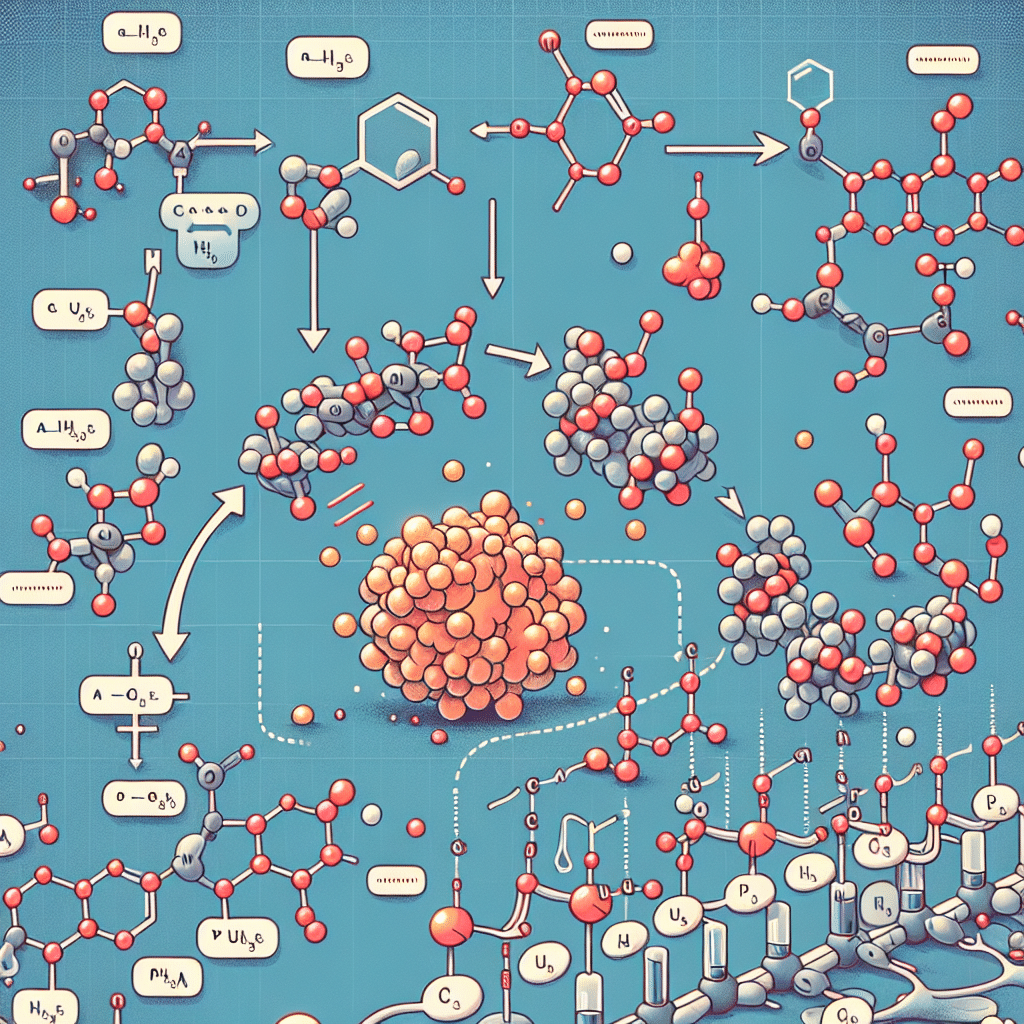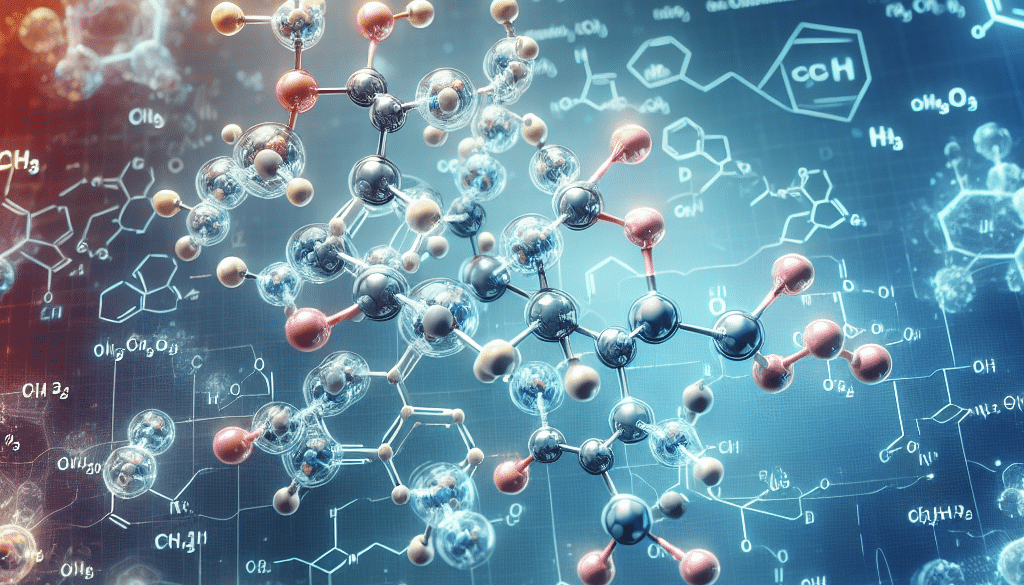Glutathione React with Sulfinic Cysteine: What to Know
-
Table of Contents
- Glutathione and Sulfinic Cysteine Interactions: Essential Insights
- The Role of Glutathione in Cellular Health
- Understanding Sulfinic Cysteine
- Glutathione’s Interaction with Sulfinic Cysteine
- Glutathionylation and Protein Repair
- Enzymatic Reduction of Sulfinic Cysteine
- Implications of Glutathione-Sulfinic Cysteine Interactions
- Research and Case Studies
- Conclusion: Key Takeaways on Glutathione and Sulfinic Cysteine
- Discover ETprotein’s High-Quality Protein Products
Glutathione and Sulfinic Cysteine Interactions: Essential Insights

Glutathione, a tripeptide consisting of glutamine, cysteine, and glycine, is a crucial antioxidant in the human body. It plays a significant role in cellular protection, detoxification, and the maintenance of the redox state within cells. Sulfinic cysteine, on the other hand, is a less commonly discussed derivative of the amino acid cysteine, which can form under conditions of oxidative stress. Understanding how glutathione reacts with sulfinic cysteine is essential for comprehending the intricate balance of redox processes in biological systems.
The Role of Glutathione in Cellular Health
Glutathione is often referred to as the body’s master antioxidant. It is involved in various cellular processes, including:
- Neutralizing reactive oxygen species (ROS) and free radicals
- Regenerating other antioxidants, such as vitamins C and E
- Detoxifying harmful substances through conjugation reactions
- Regulating cell proliferation and apoptosis
- Maintaining the function of enzymes and proteins
Given its multifaceted role, glutathione is essential for maintaining cellular health and preventing oxidative damage.
Understanding Sulfinic Cysteine
Sulfinic cysteine is a modified form of cysteine where the thiol group (-SH) is oxidized to a sulfinic acid group (-SO2H). This modification can occur under oxidative stress conditions when cells are exposed to high levels of ROS. Sulfinic cysteine is often considered a marker of severe oxidative damage and can lead to the inactivation of proteins that contain cysteine residues critical for their function.
Glutathione’s Interaction with Sulfinic Cysteine
The reaction between glutathione and sulfinic cysteine is a part of the cellular defense mechanism against oxidative damage. When cysteine residues in proteins are oxidized to sulfinic acid, the protein’s function can be compromised. Glutathione can react with sulfinic cysteine in a process known as glutathionylation, which can help to protect these proteins from further oxidation and potentially restore their function.
Glutathionylation and Protein Repair
Glutathionylation is a reversible post-translational modification where a glutathione molecule is covalently attached to a protein’s cysteine residue. This process serves several purposes:
- Protecting cysteine residues from irreversible oxidation
- Regulating protein function and activity
- Serving as a signal for the degradation of damaged proteins
By glutathionylating sulfinic cysteine, cells can potentially reverse the oxidation of cysteine residues and restore protein function, which is crucial for maintaining cellular homeostasis.
Enzymatic Reduction of Sulfinic Cysteine
Another way that cells can deal with sulfinic cysteine is through the action of specialized enzymes known as sulfiredoxins. These enzymes can reduce sulfinic cysteine back to its thiol form, using ATP as an energy source and glutathione as an electron donor. This reduction process is critical for the repair and recycling of oxidized proteins.
Implications of Glutathione-Sulfinic Cysteine Interactions
The interaction between glutathione and sulfinic cysteine has significant implications for various health conditions and diseases:
- Neurodegenerative diseases: Oxidative stress is a common feature in neurodegenerative diseases like Alzheimer’s and Parkinson’s. The ability of glutathione to react with and potentially repair sulfinic cysteine could be crucial for neuronal survival.
- Cancer: Tumor cells often exhibit altered redox states and rely on glutathione for survival. Understanding how glutathione interacts with sulfinic cysteine could inform the development of targeted therapies.
- Cardiovascular diseases: Oxidative damage to proteins can contribute to cardiovascular diseases. Enhancing glutathione levels and its interaction with sulfinic cysteine may offer protective effects.
Research and Case Studies
Several studies have highlighted the importance of glutathione in repairing oxidized proteins. For example, research on the enzyme peroxiredoxin, which can be inactivated by oxidation to sulfinic cysteine, has shown that glutathionylation can protect the enzyme from hyperoxidation and maintain its activity.
Case studies involving patients with glutathione synthetase deficiency, a condition that leads to reduced glutathione levels, have demonstrated the critical role of glutathione in protecting against oxidative damage and maintaining overall health.
Conclusion: Key Takeaways on Glutathione and Sulfinic Cysteine
The interaction between glutathione and sulfinic cysteine is a vital aspect of cellular defense against oxidative stress. Glutathione’s ability to react with sulfinic cysteine through glutathionylation and the enzymatic reduction by sulfiredoxins highlights the body’s sophisticated mechanisms for protecting and repairing proteins. Understanding these processes is crucial for developing therapeutic strategies for diseases associated with oxidative stress.
Discover ETprotein’s High-Quality Protein Products
If you’re looking for premium protein products to support your health and wellness goals, consider ETprotein’s range of organic bulk vegan proteins and L-(+)-Ergothioneine. Their products are characterized by neutral taste, non-GMO, allergen-free attributes, and high purity levels, making them suitable for various industries, including nutraceuticals, pharmaceuticals, and food and beverage.
ETprotein specializes in exporting and delivering tailor-made protein powder and finished nutritional supplements. Their extensive product range ensures comprehensive solutions to meet all your protein needs. Trusted by leading global brands, ETprotein reinforces China’s reputation in the global arena.
For more information or to sample their products, please contact ETprotein and email sales(at)ETprotein.com today.
About ETprotein:
ETprotein, a reputable protein and L-(+)-Ergothioneine (EGT) Chinese factory manufacturer and supplier, is renowned for producing, stocking, exporting, and delivering the highest quality organic bulk vegan proteins and L-(+)-Ergothioneine. They include Organic rice protein, clear rice protein, pea protein, clear pea protein, watermelon seed protein, pumpkin seed protein, sunflower seed protein, mung bean protein, peanut protein, and L-(+)-Ergothioneine EGT Pharmaceutical grade, L-(+)-Ergothioneine EGT food grade, L-(+)-Ergothioneine EGT cosmetic grade, L-(+)-Ergothioneine EGT reference grade and L-(+)-Ergothioneine EGT standard. Their offerings, characterized by a neutral taste, non-GMO, allergen-free attributes, with L-(+)-Ergothioneine purity over 98%, 99%, cater to a diverse range of industries. They serve nutraceutical, pharmaceutical, cosmeceutical, veterinary, as well as food and beverage finished product distributors, traders, and manufacturers across Europe, USA, Canada, Australia, Thailand, Japan, Korea, Brazil, and Chile, among others.
ETprotein specialization includes exporting and delivering tailor-made protein powder and finished nutritional supplements. Their extensive product range covers sectors like Food and Beverage, Sports Nutrition, Weight Management, Dietary Supplements, Health and Wellness Products, and Infant Formula, ensuring comprehensive solutions to meet all your protein needs.
As a trusted company by leading global food and beverage brands and Fortune 500 companies, ETprotein reinforces China’s reputation in the global arena. For more information or to sample their products, please contact them and email sales(at)ETprotein.com today.










